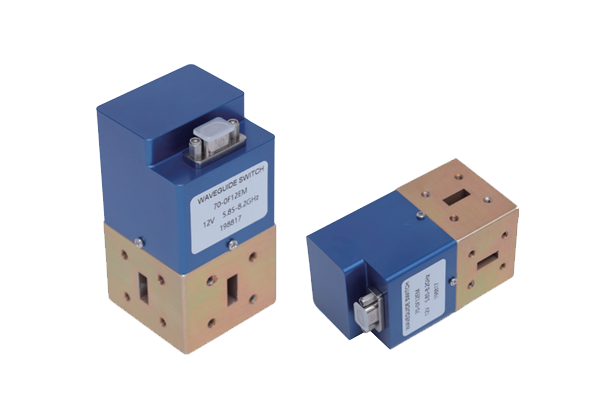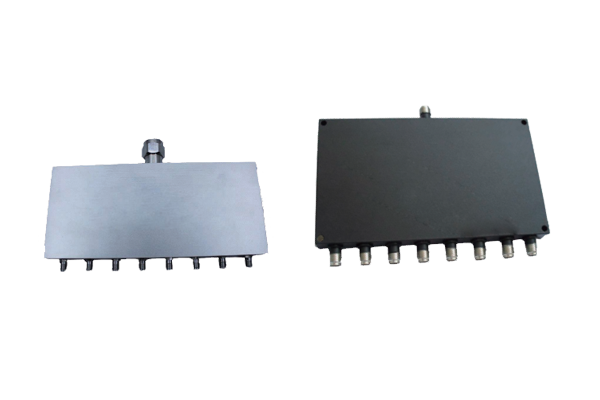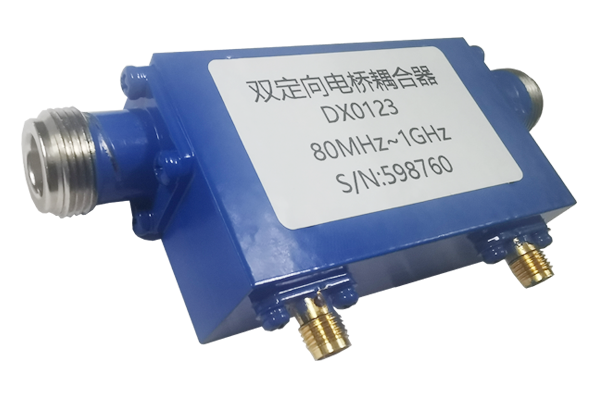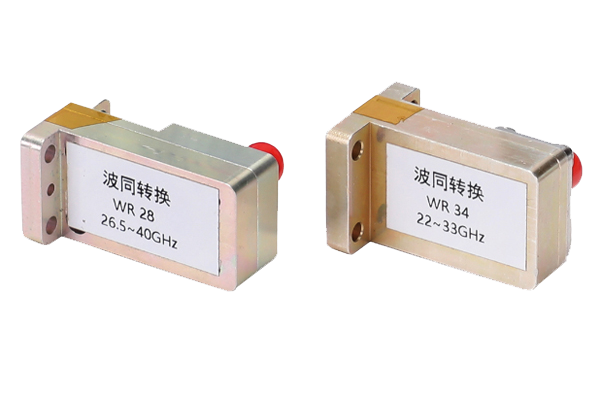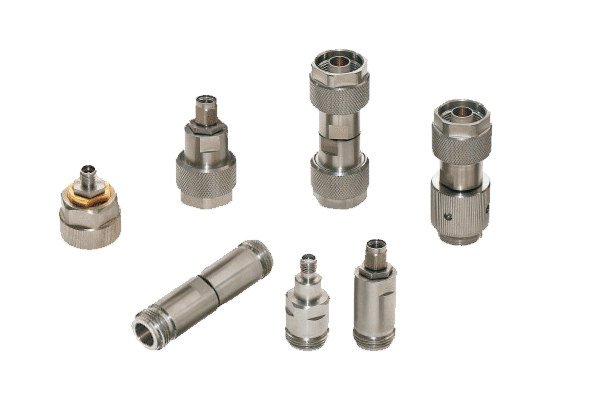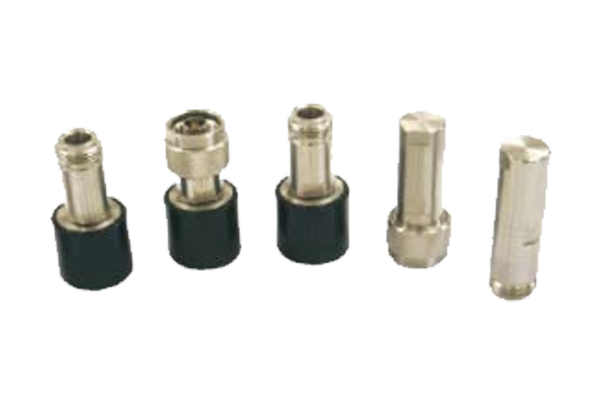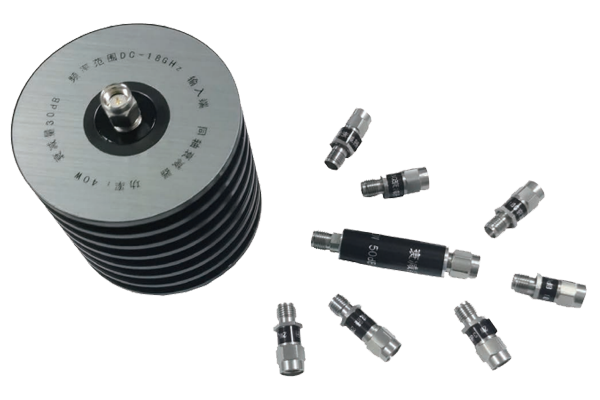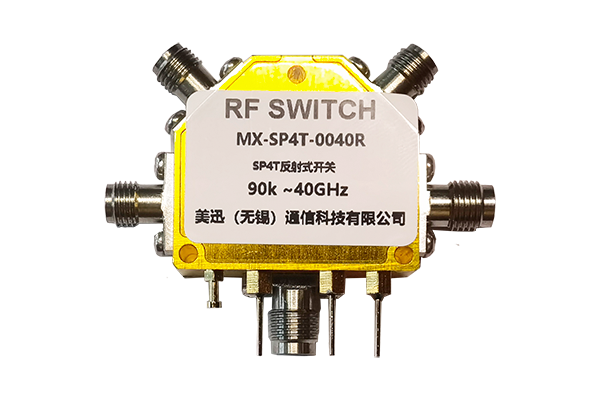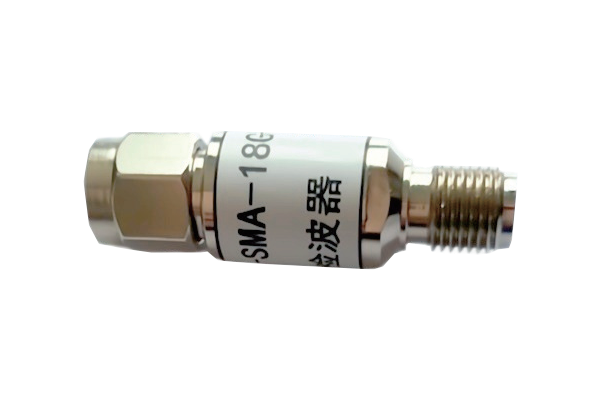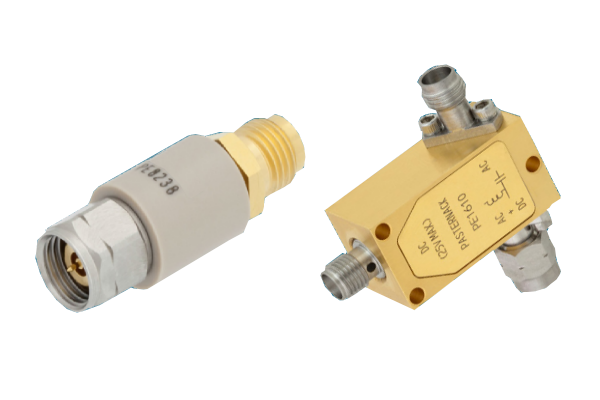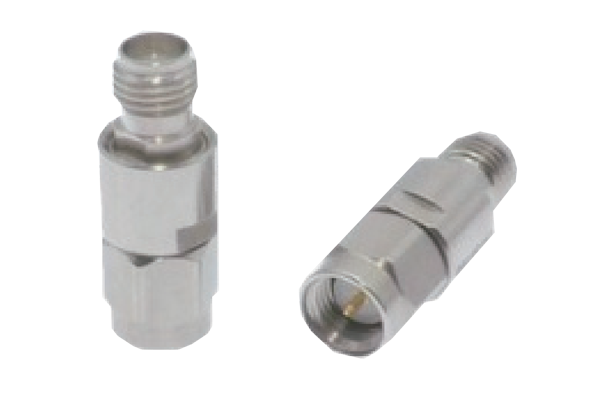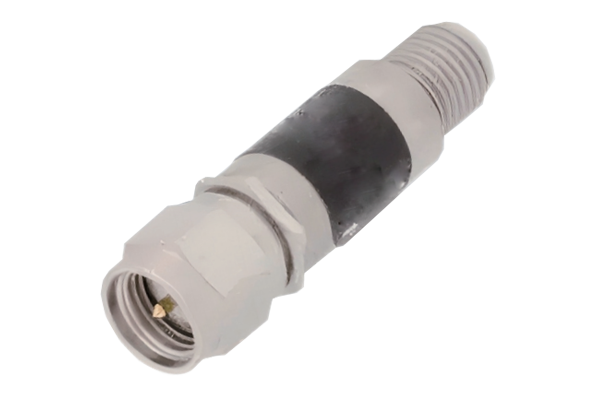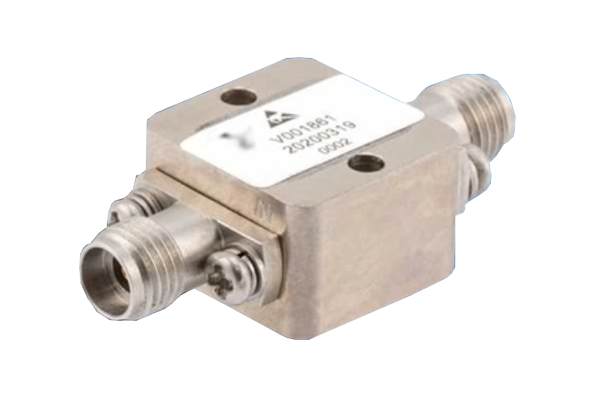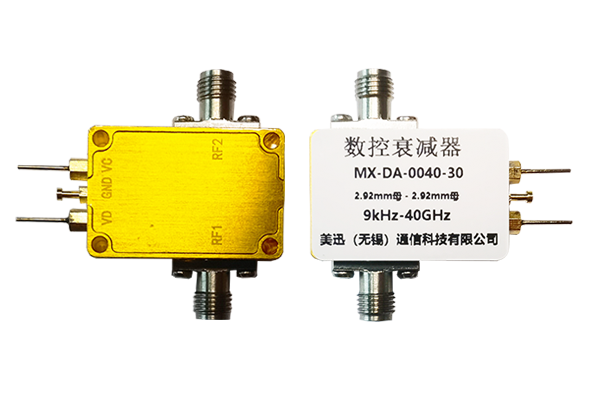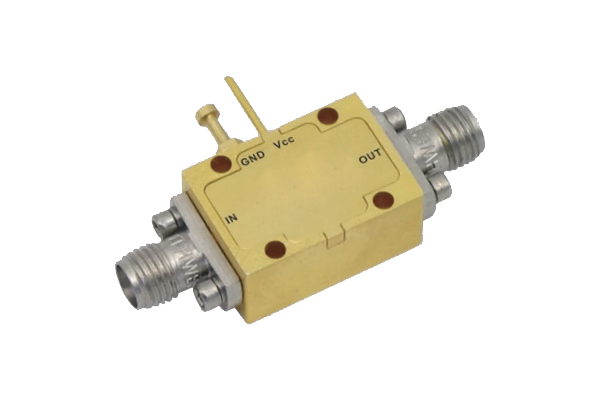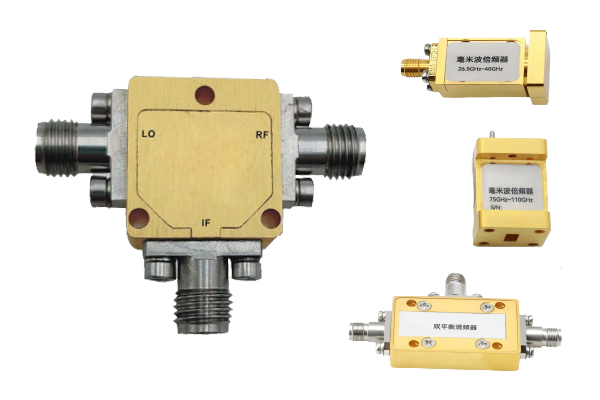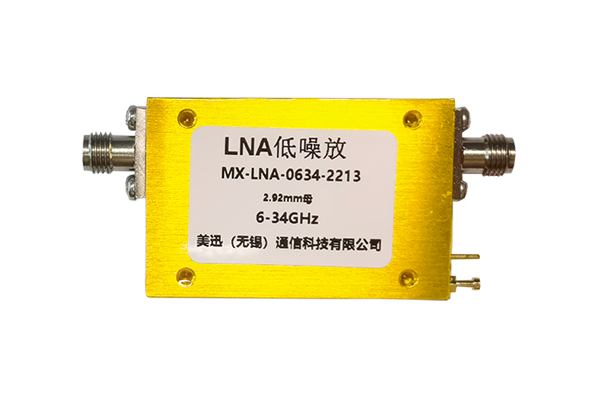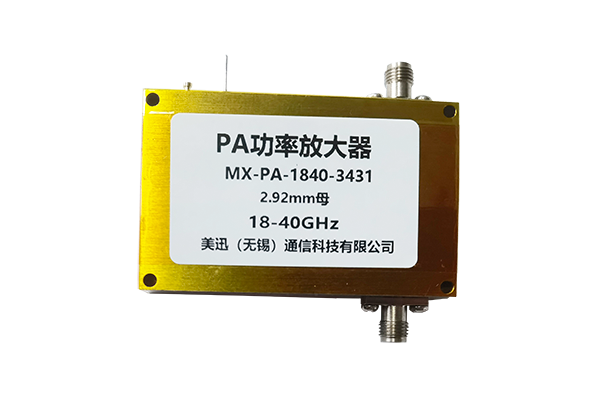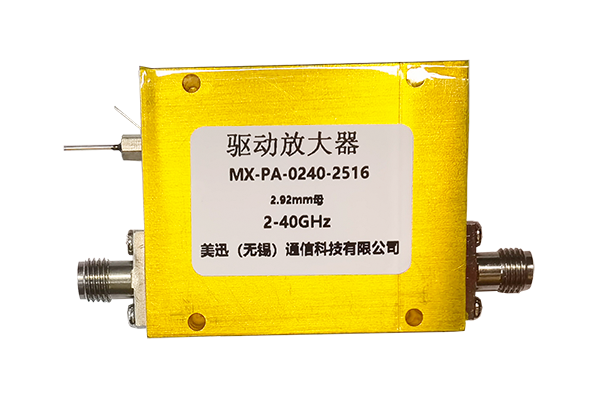What's the switching speed of waveguide switches
Waveguide Switch Speed Comparison
Switching speeds vary significantly across different waveguide switch technologies
Key Speed Characteristics
- Electromechanical: millisecond range
- Solid-state: nanosecond to microsecond range
- Optical: nanosecond to microsecond range
- Speed depends on underlying technology
- Application requirements determine optimal choice
Electromechanical waveguide switches typically have relatively slow switching speeds. These switches rely on physical movement to redirect signals, such as the movement of a mechanical component within the waveguide.
Solid-state waveguide switches are known for their much faster switching speeds. Solid-state switches use semiconductor technologies, like PIN diodes or FETs.
Certain PIN diode-based waveguide switches can achieve switching speeds in the nanosecond range. Some advanced models with gallium arsenide (GaAs) beam-lead diodes have switching speeds of less than 300 nanoseconds. Silicon-based solid-state waveguide switches often operate in the microsecond range.
Optical waveguide switches also exhibit diverse switching speeds. Those based on thermo-optic effects, such as in some silica-based planar waveguide switches, may have relatively slower switching times.
| Technology | Typical Switching Speed |
|---|---|
| Thermo-optic silica-based | 100-200 microseconds |
| Lithium niobate thin-film | 13.4 nanoseconds |
High-performance optical waveguide switches using lithium niobate thin-film technology can achieve extremely fast switching speeds, making them suitable for high-speed optical communication and signal processing applications where rapid signal redirection is crucial.
Selecting the appropriate waveguide switch requires careful consideration of speed requirements and application needs




